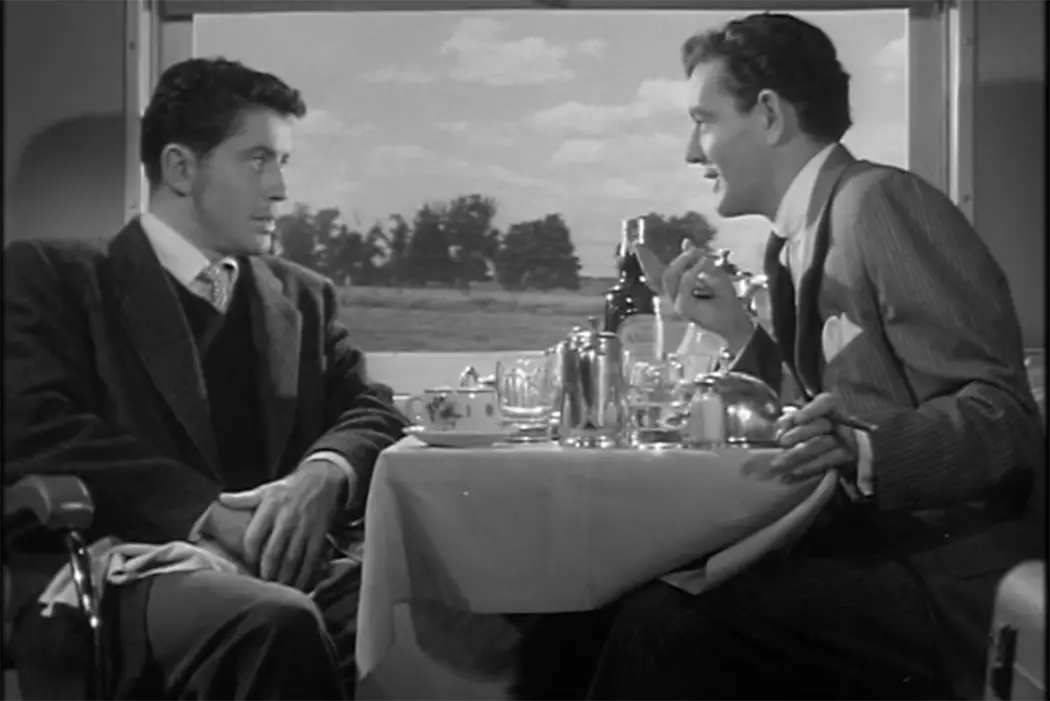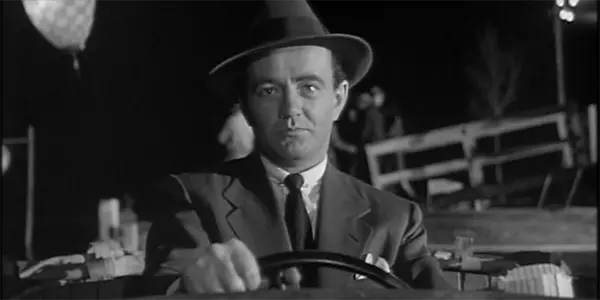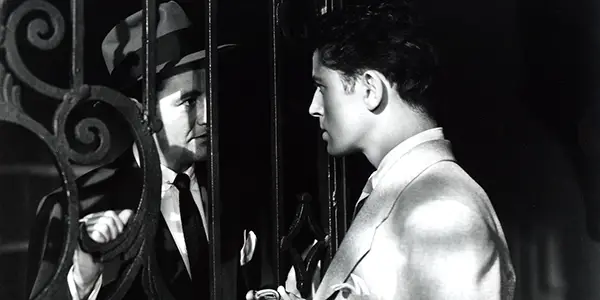STRANGERS ON A TRAIN: Lazy Horror Fans Need Not Apply

American-born Actor, Writer and Filmmaker. 27 years of age. Movie-head.…
When did you last sit down and watch a horror film that really gave you chills? A film so organically intense and unsettling, that it genuinely made you feel uncomfortable in your own home? Did it give you nightmares?
If so, what was it exactly that did it for you? Was it the deafening silence of the climax’s slow build or ‘rising action’? Was it the use of composition, lighting, and symbolism throughout the film that told an equally, but much less obvious, horror story of its own?
Or, was it just a mask? Some blood and a bit of face paint? Oh.
It’s sad to know that the casual movie audience has been forced to endure the criminally low level of storytelling in today’s horror films. Sure, movies like Don’t Breathe and The Boy, as well as one of my personal favorites, the haunted hotel thriller 1408, have been a bit more creative in their efforts to make us all sleep with the lights on. But overall, the horror film is little more than a joke in today’s cinematic landscape. Though, this wasn’t always the case.
Plot
In 1951, Alfred Hitchc*ck did away with the blood, the masks and the infamous ‘jump-scare’ altogether when he revisited the novel of the same name Strangers on a Train. Written originally by Patricia Highsmith in 1950, this novel tells the story of two men, Bruno Anthony and Guy Haines, who meet on a train and agree to “trade” murders so that neither will be a suspect in the death of their respective victims. However, in Hitchc*ck‘s film, the two main characters do meet but only one goes through with the heinous crime, as Bruno (played by Robert Walker) takes it upon himself to murder famous tennis player, Guy Haines’ (played by Farley Granger) unfaithful wife.
Guy, unable and unwilling to murder Bruno’s inattentive father for him, wants the entire thing to simply go away, and continues to avoid the crazed passenger. With his patience for his father wearing more thin by the moment, Bruno can no longer bear it. He tracks down Guy’s wife and strangles her to death in what seems to be set up almost as an on-foot chase scene, but plays out as a purely uncomfortable and ultimately fatal stalking.
The film ends with Bruno and Guy both on a fast-track back to the place of the murder, and a fight to the death as the carousel that they wrestle on goes haywire and eventually explodes, killing Bruno and finally setting Guy free.
The Birth of a Villain
I often marvel at the simplicity of some of the older stories that were told in cinema and their sheer effectiveness on the viewer; and to my delight, Alfred Hitchc*ck never sways from this premise in Strangers on a Train. It’s very easy in today’s horror landscape of demons, dolls, and aliens to spot the bad guy in a film and prepare for a very familiar and linear voyage through the story and on to the film’s end.

I couldn’t tell you how many times I have seen a horror film about ghosts that only a specific person can see, or children that draw monsters in their school work only to find out that the monster is much more than a piece of art. These types of stories are far removed from the more grounded and thus, more believable scenarios in a film like Strangers on a Train, where the only initial indication that Bruno Anthony is indeed a bad guy or ‘antagonist’ is that he always seems to be a little “too close”. He’s too close to Guy for this to be a first-time encounter, too close to his father seemingly every day of his life and wanting badly to see him dead, and ultimately, too close to Miriam as he carelessly follows her around the busy fairgrounds, eventually strangling her in the bushes nearby.
Before we even know the antagonist fully, Bruno Anthony’s overly-friendly demeanor is already off-putting, allowing the audience to make a (possibly premature) decision on this character’s personality and values that will later be validated. It may not be fair, but then again, film is a visual art and proximity counts for something.
Composition/Symbolism
In most horror films, we see the antagonist covered in darkness to start the film, and once their appearance has been revealed they are no longer as frightening; the shadows that are used to induce uncertainty and fear in the audience is much less useful. This is not the case in Strangers on a Train.
In the first few minutes of the film we see Bruno in perfect light, as he sits calmly on the train. For a split second we are unaware that he is even the antagonist at all. It is not until after Bruno Anthony murders Miriam (played by Kasey Rodgers) at the fairgrounds, that we see him in the following shot as he creeps around in the shadows of the night. This sort of symbolism stands out to me because, though we had already met the character by this point in the film on the well-lit train, it was only now that we were seeing him in his true form; cold, calculating, emotionless, and very dangerous.

Upon his arrival to Guy’s house after the murder, he is very far away. The path leading to Guy’s home is extremely long and Bruno is across the street, which puts Bruno at least 20-25 yards away from our camera’s view. To me, this says that he and Guy are nowhere near being on the same page in their decisions to kill each other’s person, and that Bruno, who is officially a murderer, must be kept at a distance.
Bruno hides in the dark as he whispers calmly for Guy to come over. The bars from the front gate cast a harsh shadow onto Bruno’s face, suggesting that jail is his next stop. Once Guy hesitantly moseys over to the gate and exclaims “You’ve got me acting like a criminal too!”, those same shadows decorate Guy’s face as well. This says to me that at this moment, whether Guy knows it or not, he and Bruno are both in very real danger of being convicted for murder.
In another scene, after Bruno has successfully strangled Miriam (and not so successfully strangled a few others), we see Guy as he walks with Detective Hennessy (played by Robert Gist), his assigned officer for the remainder of the murder case. Guy had been avoiding Bruno all day, and as they walk up the road, he sees him watching them move from yards away. Bruno says nothing, he only stares from afar; standing sturdily in front of a building’s heavy pillars.
This type of scene composition suggests to me that as long as Bruno is alive, no matter how far away Guy may feel, or how removed from the situation he thinks he may be. Bruno will always be very close and watching his every move, waiting for the pro tennis player to pay his debt.
Agree to Disagree?
You like the monsters, I understand. you enjoy the attractive woman falling mid-chase scene, and every once in a while, you actually think she might get away – don’t worry, she wont.
Outside of just a few films, the current landscape of the horror genre is not very respected in the filmmaking world, and in my opinion lacks creativity. Strangers on a Train (made 65 years ago) uses the human psyche, physical positioning, and a creative plot to tell a story that is chilling and intense without props, demons, or any real character-defining make up. And that, to me, is what filmmaking is all about!
Also, at the time of this film’s release, horror films were some of the most important films in the medium. Just sayin’.
What are some of your pet-peeves with today’s horror genre?
Does content like this matter to you?
Become a Member and support film journalism. Unlock access to all of Film Inquiry`s great articles. Join a community of like-minded readers who are passionate about cinema - get access to our private members Network, give back to independent filmmakers, and more.













